Your Cart is Empty
Paintings
Exhibitions
Subscribe to receive your exclusive preview of exhibitions prior to opening.
You will be able to view and purchase exhibition artworks before they go live.
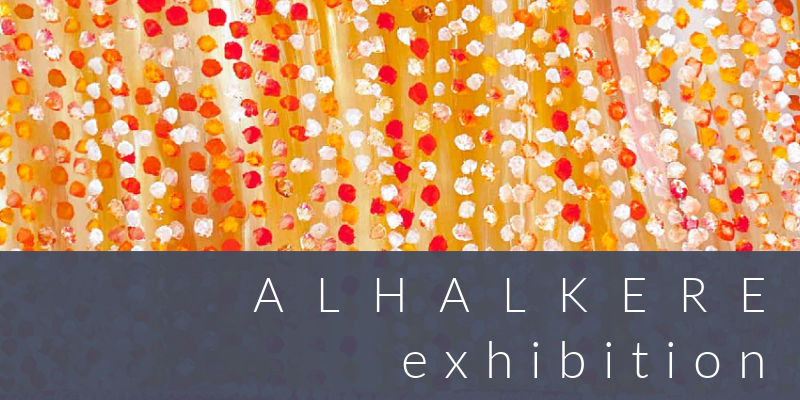
Current Exhibition
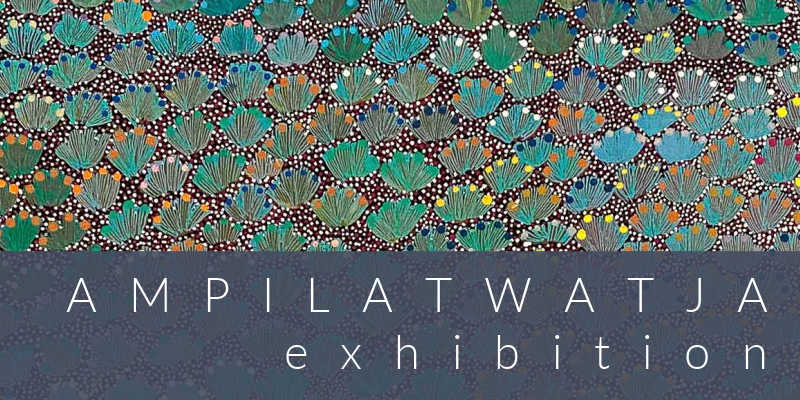
Past Exhibitions
Subscribe to receive your exclusive preview of exhibitions prior to opening.
You will be able to view and purchase exhibition artworks before they go live.
Subscribe
Collections
Artists
About the Artists
Our vibrant and dynamic artists are from the Utopia region; a large remote area of Central Australia which, until recently, had no government funded art centre. As a result of their pioneering efforts, they have one of the strongest and richest art histories.

Explore More Artist Bio's >
About the Artists
Our vibrant and dynamic artists are from the Utopia region; a large remote area of Central Australia which, until recently, had no government funded art centre. As a result of their pioneering efforts, they have one of the strongest and richest art histories.
2016 bid farewell to Mary Morton Kemarre
January 18, 2017 3 min read 1 Comment
Warning: This article includes images and name of a recently deceased person that may cause distress to Aboriginal and Torres Strait Islander peoples.

With sadness we say an official farewell to Mary Morton Kemarre of Utopia who passed away in late 2016.
Mary was a much loved member of Utopia's art community, having been one of the original group of batik artists which formed in the 1980's. Transitioning to acrylics soon after the group disbanded, Mary became a formidable player in the art of Kurrajong and Arnkawenyerr communities in northern Utopia.
While rarely at the forefront of shows and exhibitions, Mary's work has none the less been featured in numerous exhibits over the past three decades and her work was featured in publications as early as 1989 in Utopia Women’s Paintings: the First Work on Canvas by Anne Marie Brody.
Over the decades Mary's paintings have had many personalities. Rather than finding a stylistic niche, Mary loved experimenting with subject and composition.
Many of her works during the boom of the 1990's represented the Kurrajong Dreaming. Common elements found in these pieces were green leaves of the Kurrajong tree which had medicinal qualities, a small lizard found in the Kurrajong tree and the red ochre and white body paint designs of her country.
Some of Mary's most popular pieces were her series of 'dump dots' in warm neutrals or colourful pairings, which demanded more work from her; and she was happy to greet this recognition with busy painting-filled days.
These popular artworks represented her country Antarrengeny or the Wild Orange called Amern Altwerr.
Country paintings were often sectioned with diagonal lines cutting through from the corners, creating what appeared to be a birds-eye perspective of the outback desert she called home.

The Amern Altwerr paintings were characterised with line after line of dump dots - though Mary never divulged why the lines were significant (pictured below).

Of the same era were a series of Awely Ngkweyang paintings.
More vibrant than the aforementioned paintings, these works consisted of zigzagged lines, often in red ochre which represented her body paint designs (Awely), and dump dots representing Kurrajong seeds (Ngkweyang) which filled the space.

Detail was not important to Mary either. Similar to other older artists of her time like Minnie Pwerle and Emily Kame Kngwarreye, Mary didn't spend time worrying about precision or finesse. Instead she preferred to paint as soon as she placed the canvas on the ground, almost hurriedly to get to the whole point of it - to sing the songs of the country, to capture her body paint and to tell stories.
Mary was often boisterous and her face bore a wide and wicked smile to match her sense of humour. But she had a quiet side too; a calculating side, with a look in her eye that belied the responsibility of a matriarch.
Mary was the first wife of a man named Old Billy Morton and together they had seven children. Many of them continue to live in their traditional country just south of Mary's original home.
Mary, along with her sister Katie Kemarreand other Antarrengeny women, regularly made the trip north to perform ceremony as required. The colours that belong to Antarrengeny for ceremony are red ochre and white, and this is what the women would paint on their bodies in a deliberate pattern of lines. These are the same designs you can see in Mary's paintings whenever she chose to depict body paint. Pictured below is Mary Morton painted up for ceremony.
Mary will be dearly missed. From Utopia Lane we send our sincerest condolences to her family, and we will cherish the memories of being wrapped in her warm and welcoming embrace.


1 Response
Leave a comment
Comments will be approved before showing up.
Also in News & Info
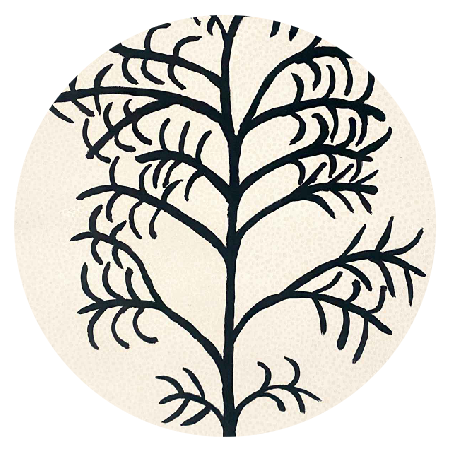
Bush Medicine by Laurie Morton Kngwarreye
March 25, 2024 1 min read
Laurie's works are simplistic in design, offering something more subtle for your walls.
From Ampilatwatja, he focuses each work on a different bush medicine. We have just a few, with two pieces like this in carbon black with antique white dots on a crisp white canvas.
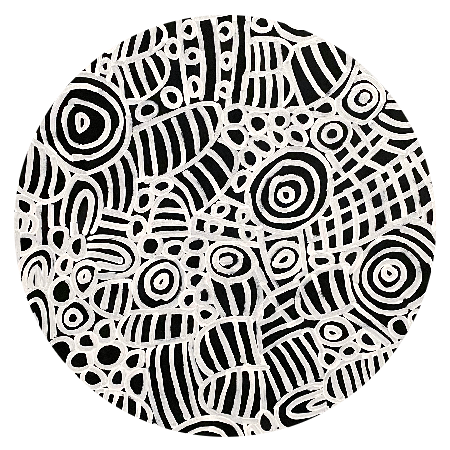
My Mother's Country Exhibition now open
May 09, 2023 1 min read
My Mother's Country showcases fifteen new works on canvas by Anmatyerre artist, Dora Mbitjana, inspired by her mother's country.
Read More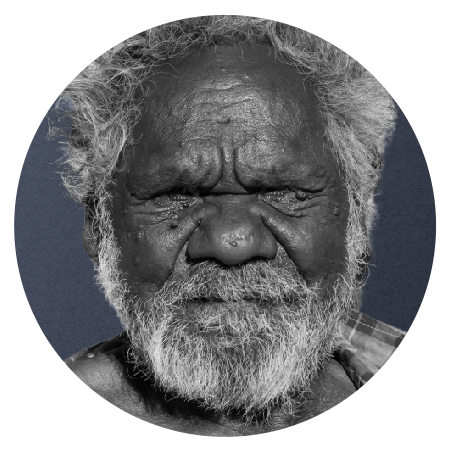
Motorbike Paddy Ngale Finalist in 2023 Telstra NATSIAA
May 04, 2023 1 min read
Finalists have been announced for the 2023 Telstra NATSIAA and our very own Motorbike Paddy Ngale, Ahalpere elder, is one of 31 from the Northern Territory.
Subscribe
Sign up for exhibition previews, new arrivals and more …
Recent Articles
- Bush Medicine by Laurie Morton Kngwarreye March 25, 2024
- My Mother's Country Exhibition now open May 09, 2023
- Motorbike Paddy Ngale Finalist in 2023 Telstra NATSIAA May 04, 2023
- Barbara Weir January 04, 2023
- Artist News August 25, 2022
Subscribe
Sign up for exhibition previews, new arrivals and more …
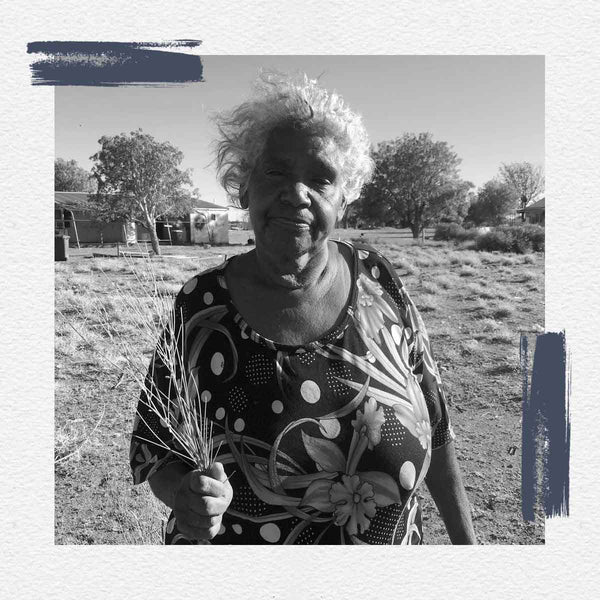
Subscribe to our VIP group for new arrivals, exhibition previews + special features ♥







Jeanette Pearce
January 26, 2017
Rest well with your ancestors Mary Morton.your vast talent will not be forgotten by our people.Continue on your long journey in peace.